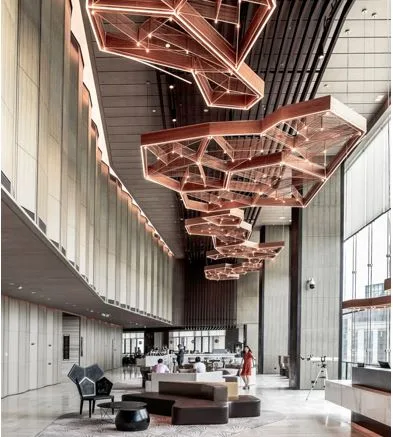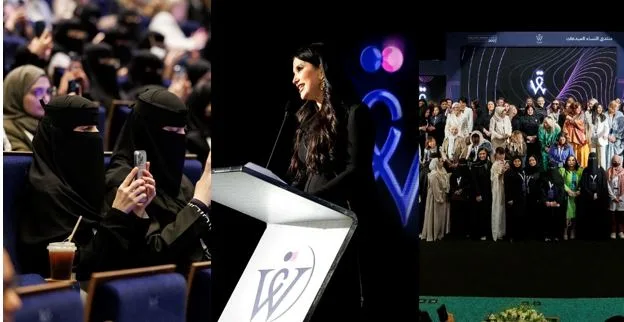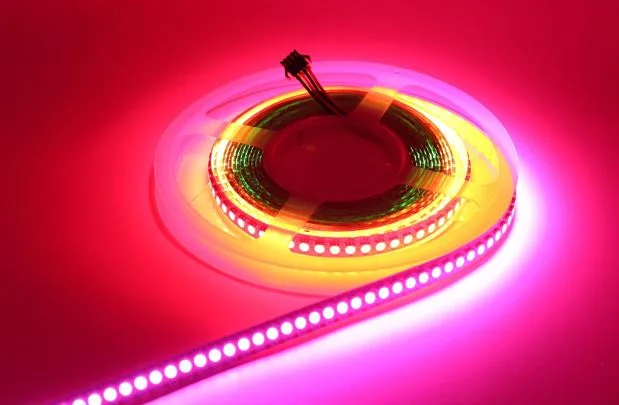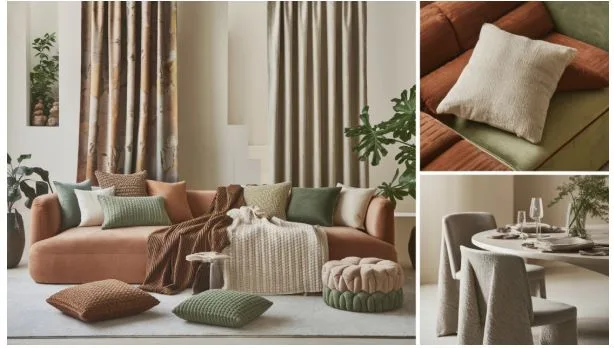How Are Systematic Furniture Configuration Services Connected to Rechargeable Fan Innovation?
The furniture and appliances are the basis of contemporary dwelling that determines comfort and efficiency. Although furniture determines space and functionality, home appliances bring in convenience and flexibility. Among evolving solutions, systematic furniture configuration services stand out by providing customized layouts that suit modern lifestyles. At the same time, the rechargeable fan has become a symbol of portable comfort and energy-conscious living.
Examining their connection reveals how both cater to growing consumer expectations for personalization, mobility, and resource optimization. So what are you waiting for? Let’s begin with our article!
Systematic Furniture Configuration Services: Beyond Traditional Layouts
The concept of systematic furniture configuration services is about more than just arranging furniture. It is interested in the design, planning and installation of furniture layouts, which are customized to personal or professional requirements.
These services unify digital tools, ergonomics and modular solutions. Rather than being based on predetermined arrangements, users are given adaptive arrangements that can be customized according to the lifestyle or work requirements. At home, systematic techniques are used to make the rooms maximize on comfort and aesthetics. They aid in productivity in offices by ensuring design is in line with the workflow.
Urbanization, working remotely, and small living spaces have led to the need to have custom designs. Innovation in service provision has seen the introduction of technical skills in services coupled with flexibility in design where service providers provide furniture plans that are efficient, flexible, and sustainable.
Rechargeable Fan: Portability and Energy Efficiency
The rechargeable fan represents a significant advancement in portable appliances. In contrast to typical plug-in fans, the models are powered by a built-in battery, which is frequently charged through USB or solar outlets. They are more conveniently designed and thus are invaluable in power unstable regions or those users who need mobility.
Rechargeable fans address several consumer concerns. They cool when outdoors, keep people comfortable in times of power outages, and contribute to energy saving since they do not rely on the constant supply of electricity. Most models have been upgraded in terms of multiple speed settings and low-noise operation as well as being combined with contemporary design aesthetics.
Growing global attention to energy-saving technologies has made rechargeable fans especially relevant. They are simple enough to fit both individual needs of consumers as well as the sustainability agenda.
The Intersection of Systematic Furniture Configuration Services and Rechargeable Fan Usage:
At first glance, systematic furniture configuration services and rechargeable fans appear unrelated. Nevertheless, their interplay is manifested through the common values of flexibility and user-centered design.
In small living spaces, the layout of the furniture is systematic with an emphasis on space management. Rechargeable fans complement these arrangements by offering portable cooling without requiring fixed electrical points. For example, a modular bedroom design with foldable furniture can be paired with a rechargeable fan to maximize both comfort and space flexibility.
In offices, portable cooling can be added to a personalised furniture design that focuses on ergonomic efficiency. A rechargeable fan ensures comfort without depending on centralized air conditioning, especially in co-working setups or temporary office arrangements. These innovations, together, make functional yet comfortable environments.
Consumer Preferences and Market Trends in the Two Sectors:
The markets for both systematic furniture configuration services and rechargeable fans are driven by parallel trends. The two industries revolve around personalization because customers are becoming more inclined towards customized solutions that address individual needs.
Furniture layout services have adopted artificial intelligence-driven layout planning and smart designing. These enable users to see spaces and experiment with various layouts before settling on a layout. Similarly, rechargeable fans have evolved with technological integration, including digital controls, longer battery life, and eco-friendly materials.
The other trend is an increase in the popularity of mobility. Urban dwellers tend to relocate or to modify common areas. Systematic furniture designs with modular elements and rechargeable fans with portable structures satisfy these needs effectively.
Furthermore, the push for energy efficiency shapes both sectors. Furniture service providers incorporate sustainable materials, while rechargeable fan manufacturers invest in energy-saving motors and rechargeable lithium batteries. These align with consumer values regarding environmental responsibility.
Technical Aspects of Rechargeable Fan Design and Furniture Services:
Technical development plays a critical role in advancing both furniture services and rechargeable fans.
The idea of systematic furniture is based on software-based design, 3D modeling and modular engineering. These provide accurate use of spaces and simpler installation. Also, it is technically coordinated with lighting, ventilation and electricity points to increase functionality.
Rechargeable fan innovation focuses on battery technology, lightweight materials, and efficient motors. The lithium-ion battery has made the operating times longer, and the brushless motor enhances energy conversion. USB-C charging and solar compatibility are modern user demands to have versatile products.
The sectors both show the linkages of technical accuracy into material gain where consumers are uplifted and the durability is guaranteed even in the long run.
Future Prospects of Integration in Future:
The future may witness closer links between systematic furniture configuration services and rechargeable fan technologies. Integrated solutions will attract more popularity as smart homes are becoming more common. For instance, customized furniture setups may incorporate docking points or stands designed for rechargeable fans, ensuring seamless operation without clutter.
Also, with the adoption of multifunctional living by consumers, portable appliances will be integrated into modular furniture. Rechargeable fans can be easily repositioned to match different room layouts or activities, reinforcing the flexibility that furniture services already promote.
This synergy points to a larger trend of consumer lifestyles: the need to have spaces and appliances that can be changed as the needs evolve instead of being fixed.
Conclusion:
Systematic furniture configuration services and rechargeable fans reflect innovation in different but complementary domains. Furniture services emphasize tailored spatial solutions, while rechargeable fans prioritize comfort and mobility. Collectively, they show how contemporary design can address the consumer demands of flexibility, energy efficiency and personalization.
Their mutual concern with flexibility is the indication of the future living conditions, namely the areas that are created with accuracy and are provided with portable, efficient technologies. The convergence between the two innovations will continue to increase as the two trends of customization and mobility spread.






